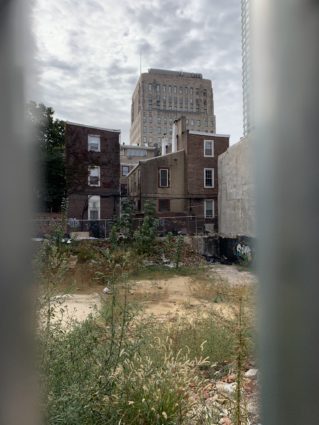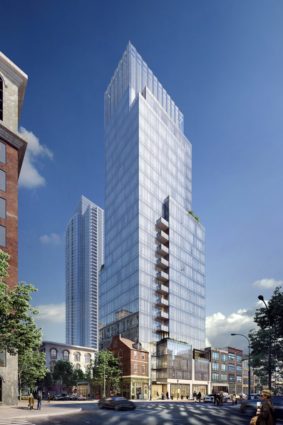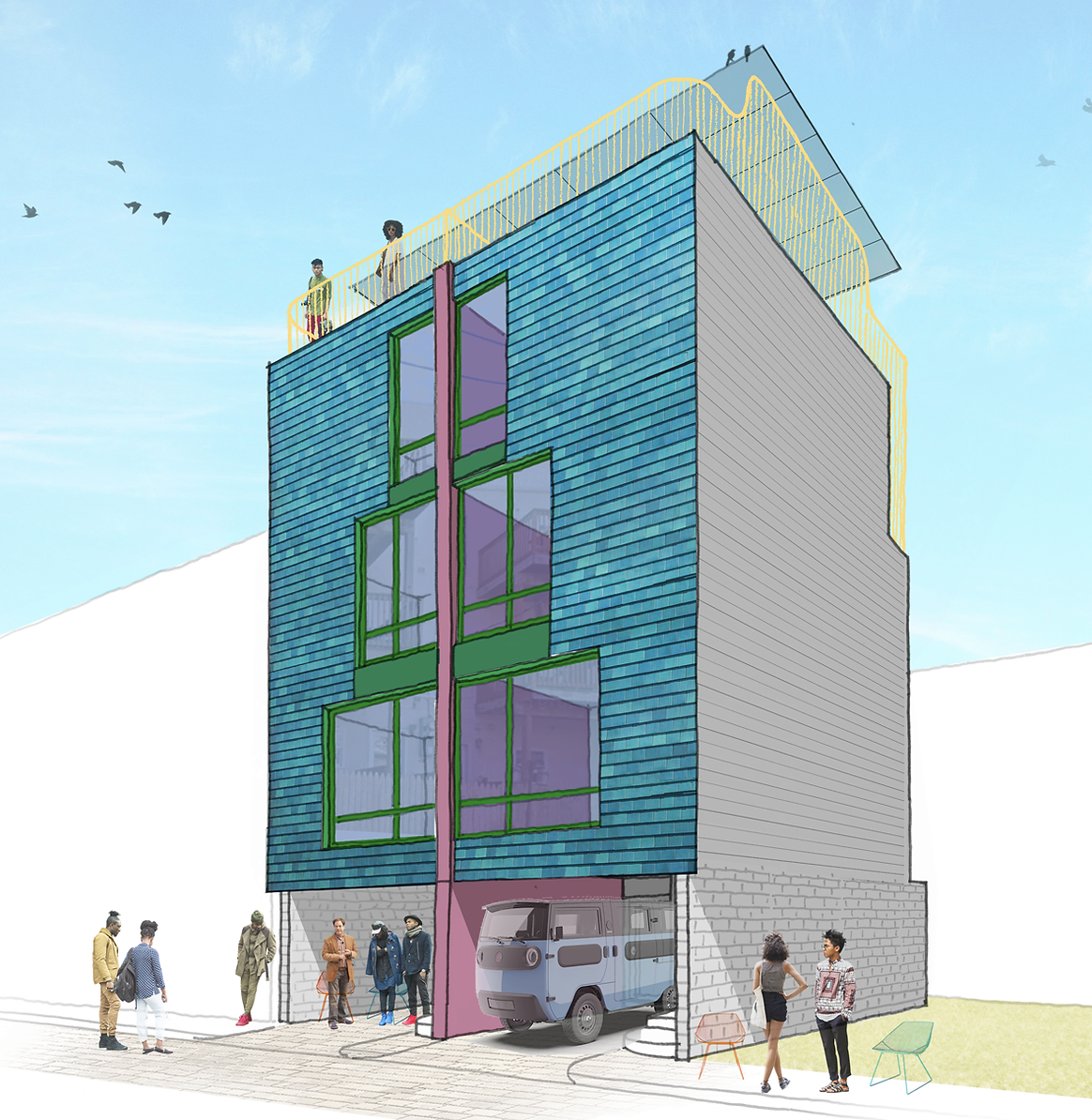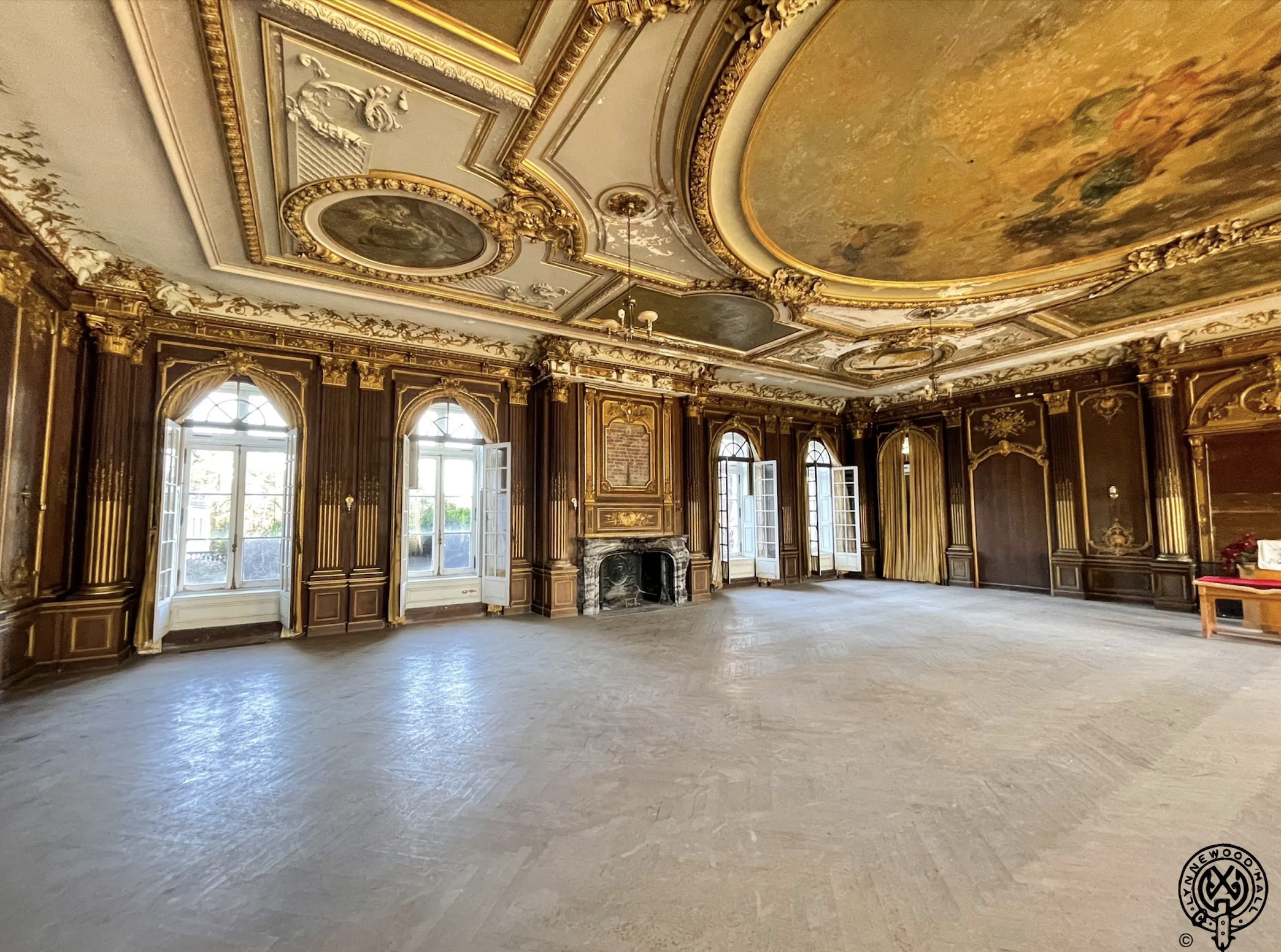architecture
The Secret Life of Buildings: Jewelers’ Row
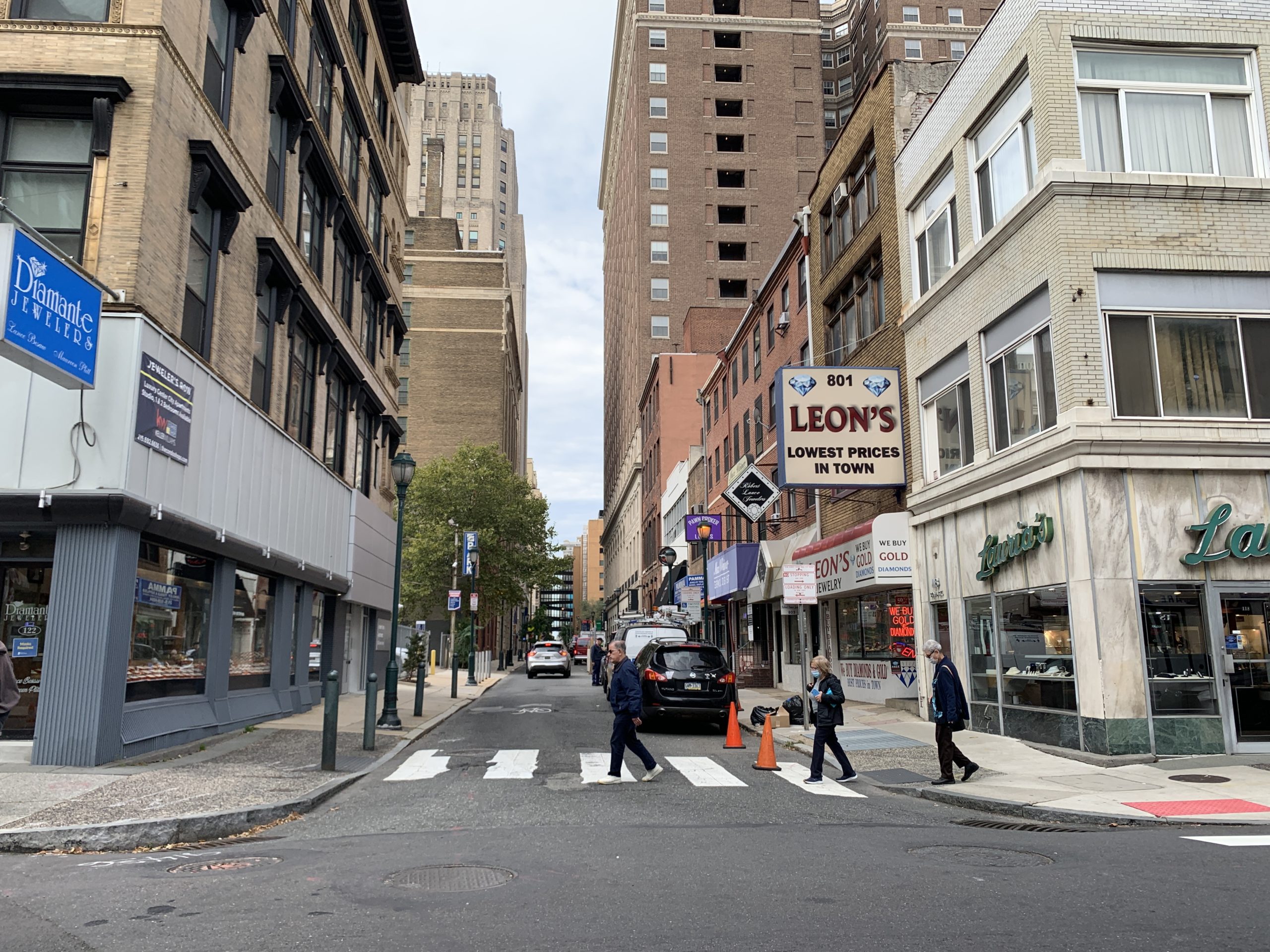
The oldest diamond district in America, Philadelphia’s Jewelers’ Row District, located from Market to Walnut and from 7th to 9th Street, is about to change. Amidst properties dating back to 1799, construction crews are making way for a modern glass condominium tower. However, a look back in history reveals that this iconic street has endured major transitions before.
Jewelers’ Row History
Before it became known as Jewelers’ Row, the 700 block of Sansom Street started in 1799 as a housing development known as Carstairs Row. Designed by architect Thomas Carstairs, it introduced the concept of rowhouses in the United States. Developed by William Sansom, for whom the street was named, the project contained 22 Georgian-style rowhouses on the south side of Sansom Street. While many surrounding streets were covered in dirt, Sansom paved the street with red brick which is still visible today.
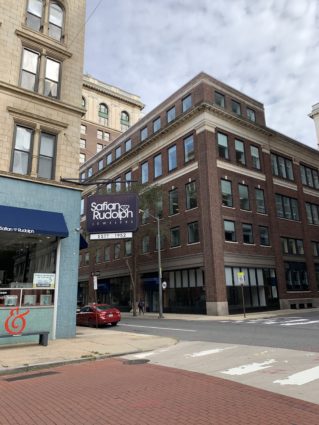
Safian & Rudolph Jewelers 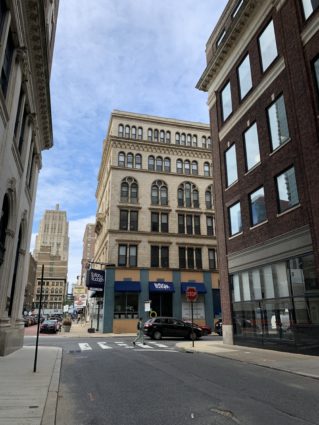
701 Sansom St
Many of the original Carstairs houses no longer exist, however, 700 Sansom Street remains much as it was originally built. It stands as an example of the present coexisting with elements of the City’s past. Ironically, when construction of the glass condo tower resumes, it will share a wall with this historic property.
In the late nineteenth and early twentieth centuries, the 700 block of Sansom Street was the center of the engraving trade, due to its proximity to the City’s thriving printing industry. Edgar Allan Poe’s engraver lived and worked at 732 Sansom.
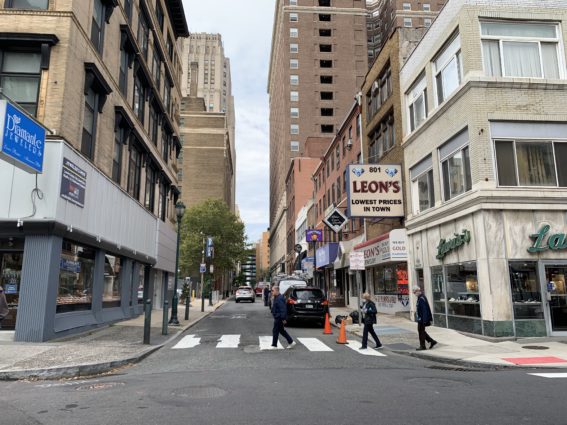
Leon’s Jewelry – 801 Sansom St 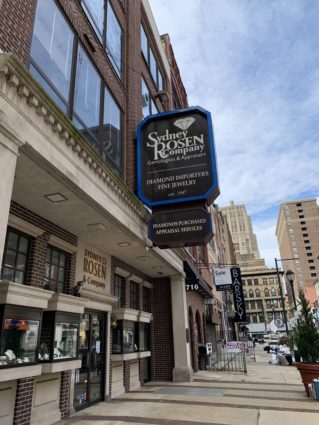
Sydney Rosen Company – 714 Sansom St.
When Eastern European and Jewish immigrants poured into Philadelphia between the 1880s and early 1900s, they gravitated to Sansom street as watchmakers and jewelers. Before 1908, only five jewelers were on the street; that number exploded to more than two hundred establishments by 1930. Barsky Diamonds at 724 Sansom was part of that history.
“We’re a fifth-generation manufacturer of diamonds and fine jewelry,” said owner Jeff Barsky. “My great grandfather came here from Kiev in 1898 and had auction houses on Market Street. Later, my grandparents manufactured leather watchbands and sold them at a booth they rented at 706-708 Sansom. While my grandfather traveled around Pennsylvania selling watchbands, my grandmother expanded the business, buying and selling jewelry. Eventually, she bought the buildings she had been renting.”
In the 1960s, working on Jewelers’ Row was the last thing on young Jeff Barsky’s mind. “At the time, I wanted to do anything but go into the family business. I was an artist and got accepted at PAFA. To pay my tuition, I worked in the store,” he said. Barsky later formed a partnership with his uncle Jay and traveled to New York City to learn how to buy rough diamonds. “I really came to enjoy it,” he said. And, yes, he still paints.
As for current changes on Jewelers’ Row, Barsky is pragmatic. “Manufacturing moved overseas. There are fewer retail stores and more residential properties. The tower that’s under construction will have retail shops on the first floor. That will be good for business,” he said.
Architectural Styles
The majority of buildings within the Jewelers’ Row District date from 1800 to 1940, ranging in styles from Federal, Italianate, Victorian, Renaissance Revival, Beaux-Arts, 20th Century Commercial, Art Deco, and Mid-Century Modern. The variety of styles reflects the district’s ability to adapt to changing trends over a century. Check out the Jewelry Trades Center designed by Ralph Bencker in 1929 at the southeast corner of Sansom and 8th St. In this building, the average tenant has been in the building for over 20 years, with many over 40 years. It serves as the center for Jewelers’ Row, passing down the art of manufacturing fine jewelry through various generations.
In 2016, real estate company Toll Brothers obtained a permit to construct a twenty-four-story glass condo tower on the 700 block of Sansom Street. Five buildings, from 702 to 710 Sansom were scheduled to be demolished. Although the pandemic paused construction, a large hole in the middle of Sansom Street is a reminder that change is inevitable.
This is not the first time a famous Philadelphia shopping district has changed its stripes. The former Antique Row on Pine Street, Fabric Row on South 4th Street and Automobile Row on North Broad have all given way to shifts in demographics and economics.
All the more reason to visit Jewelers’ Row District now. Explore its shops, chat with its craftsmen, support the businesses in the area by dining in the eclectic eateries there and experience its history. Who knows? You just may get a good deal on a diamond, and a good story to pass on to the next generation.
This article is part of a series titled “The Secret Life of Buildings” where we write about the history and architecture behind Philadelphia’s buildings. We’ve covered row house styles, common Philadelphia brick styles, trinity homes,and star bolts, among other topics. What else would you like to learn about? Follow us and DM us on Facebook or Instagram to let us know!





